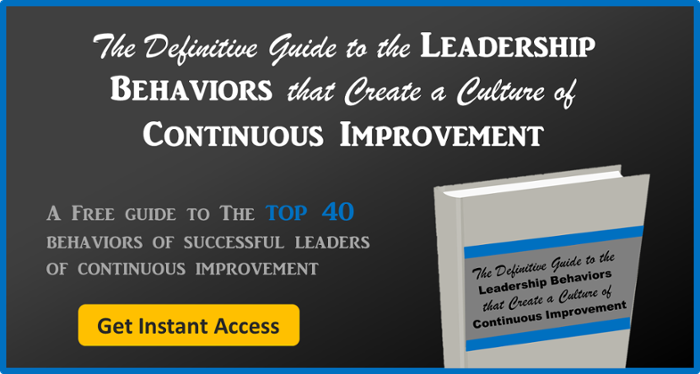 I listened to the latest episode of The Growth Show today and heard a fantastic interview of Kevin Cleary, CEO of Clif Bar, that I thought you all would appreciate. In this episode, interviewer Dave Gerhardt focuses on the company culture and the leadership that have made Clif Bar into a mainstream item “sold pretty much every place that has a register.”
I listened to the latest episode of The Growth Show today and heard a fantastic interview of Kevin Cleary, CEO of Clif Bar, that I thought you all would appreciate. In this episode, interviewer Dave Gerhardt focuses on the company culture and the leadership that have made Clif Bar into a mainstream item “sold pretty much every place that has a register.”
Kevin became CEO of Clif Bar about 2.5 years ago, rising through the ranks from an executive VP to COO to CEO. As he puts it, “bringing a CEO in from the outside wouldn’t be right; you really have to get a feel for the company, the people, the brands…what’s important to us about running a company that’s based on five bottom lines.”
Leadership at Clif Bar talks a lot about the five bottom lines. The company was founded by Gary Erickson, a baker and avid outdoorsman in the early 1990s who had a sincere desire to make a better energy bar. The privately held company began with Gary and his mom working together in her kitchen, and it maintains that family feel to this day. To preserve that, they highlight five bottom lines that drive their business decisions:
- Sustaining our Business
- Sustaining our Brands
- Sustaining our People
- Sustaining our Communities
- Sustaining our Planet
Obviously, growing a business from your mom’s kitchen to 35% market share requires some pretty impressive leadership. In The Growth Show interview, Kevin Cleary pins down exactly what it is that makes him and the other Clif Bar leaders so successful.
Conviction
Kevin Cleary says that the first thing a great leader needs is a strong conviction about what you and the company stand for. Success has to mean more to you than making money; it should be about doing something to improve the world, something that matters. That’s why Clif Bar emphasizes their five bottom lines so much, and even turned down an offer to sell for $120 million in 2000 in order to continue running the business in this way. To Clif Bar’s leadership, the company isn’t successful if they just make a ton of money; they have to satisfy the other four bottom lines, too.
This is especially true for leaders of continuous improvement. In order to successfully spread continuous improvement in your organization, it’s critical that you honestly believe in it’s importance - and that you show that to your employees. Some ways to do that are to:
- Talk about improvement every chance you get
- Share your own improvements
- Recognize people who devote time and energy to making improvements
- Give people time to work on improvement
Approachability
Kevin Cleary goes on to say that leaders must be approachable, too. As he puts it, “If you’re sitting in your ivory tower and people don’t see you, you can’t be a great leader.” Preserving that feel of being family is important to the leadership at Clif Bar, even as the company continues to grow. One way Kevin does that now is to make sure that he knows the names of all 400 employees. People know that they can walk through his door at any time and have a conversation about whatever is on their mind - and they do. This builds a culture of trust, which ultimately makes the business better and the employees happier.
Leaders of continuous improvement need to pay particularly close attention to remaining approachable. The foundation of a culture of continuous improvement is engaged, empowered employees who feel safe speaking up to identify opportunities for improvement and enact change. Some ideas for being more approachable are:
- Be present in the work area; don’t just manage from your desk
- Refer to people by name when you know it, and ask if you don’t
- Eliminate barriers to accessing leadership
- Listen respectfully when people bring ideas to you, and facilitate action on those ideas
Collaboration
As The Growth Show host Dave Gerhardt says, it’s pretty common for leaders in Kevin’s position to say that their success is due in large part to hiring people who are smarter than them. Kevin goes so far as to say that he HAS to be collaborative, because he’s not the brightest guy in the company (and offers up his GPA as proof of that sentiment!).
Your role as a leader of continuous improvement is to set goals and empower people to achieve them by removing barriers and providing coaching. Getting employees to collaborate in the improvement process exponentially increases the creative problem solving power of your organization. It’s important to recognize that your employees are experts in what they do - more so than you are - and collaboration is key to improving those processes. Some ways to do that are:
- Make it easy for people to submit improvement ideas
- Empower people to act on their own ideas, and help each other
- Provide people with the improvement tools they need to work together
- Coach, don’t nitpick. As Kevin says, “It doesn’t have to be your way, it just has to be the best way.”
Decisiveness
The last leadership behavior that Kevin Cleary talks about in this interview is decisiveness. According to Kevin, this comes into play after you’ve spoken with your staff, considered their input, and weighed it with the organization’s strategic objectives. Kevin phrases it as “We’ve had a lot of great dialogue, now here’s where we’re going.” Of course, this is a very careful balancing act. It’s crucial to have a solid understanding of when to listen and when to speak up and give direction.
Understanding that balance is especially important in a culture of continuous improvement. While the daily improvement should be managed by the staff with occasional coaching from leadership, the top-down strategic initiatives are where decisiveness really matters for leaders of continuous improvement. After the leaders have listened to the feedback of their employees, it’s up to them to set the strategic goals and initiatives that drive daily improvement and large-scale projects and events.
For more information about how Kevin Cleary is successfully leading a culture of collaboration and employee engagement at Clif Bar, check out this episode of The Growth Show podcast!



Add a Comment